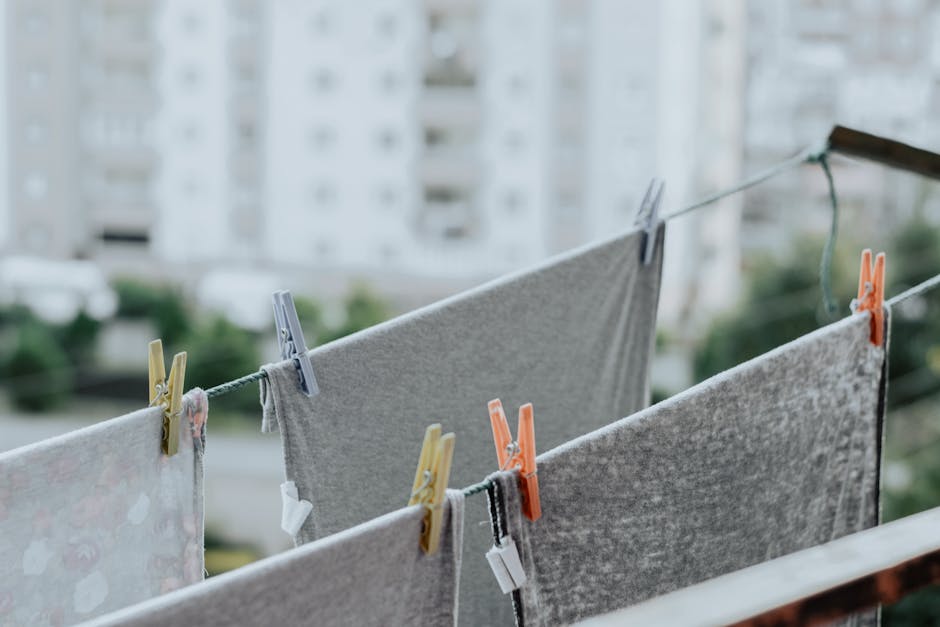The Best Fabrics for Every Climate
Choosing the right fabric for your climate can make a huge difference in your comfort. Did you know that the right clothing can help you stay cool in summer heat or warm during winter chills? This article will guide you through the best fabrics for various climates, ensuring you’re always dressed just right.
Why Does Fabric Matter?

Fabric isn’t just about style; it’s about function too. The right material helps regulate body temperature, wick moisture, and protect against the elements. In simple terms, the fabric you choose can keep you from feeling too hot or too cold.
Lets dive into how different fabrics perform in different climates.
What Are the Best Fabrics for Hot Weather?

In warm climates, breathability and moisture-wicking are key. Here are the top choices:
- Cotton: Soft and breathable, cotton is a classic choice. It allows air to flow and absorbs moisture, keeping you comfortable.
- Linen: This fabric is lightweight and perfect for summer. It dries quickly and has excellent airflow.
- Rayon: Made from natural fibers, rayon feels cool against the skin. It drapes well and is a great option for summer dresses.
- Performance Synthetics: Fabrics like polyester can wick moisture away, keeping you dry during workouts. Look for breathable options with ventilation.
Remember, lighter colors reflect sunlight, while darker colors absorb it. Choose wisely!
What Fabrics Work Best in Cold Weather?

When temperatures drop, insulation and warmth become essential. Here are some top fabric choices for colder climates:
- Wool: This natural fiber is an excellent insulator. It traps air for warmth and wicks moisture, keeping you dry.
- Fleece: Soft and cozy, fleece is lightweight yet warm. it’s perfect for layering in cold weather.
- Down: Often used in jackets and coats, down provides incredible warmth without being heavy. Look for ethically sourced options.
- Thermal Fabrics: High-tech materials like thermal knits trap heat and keep you warm, making them ideal for cold winters.
Layering is key in colder climates. Mix these materials for maximum warmth.
What About Rainy or Humid Conditions?

Staying dry is crucial when it’s wet outside. Heres what to look for in rainy or humid climates:
- Waterproof Fabrics: Materials like Gore-Tex repel water while allowing moisture (sweat) to escape. Perfect for rain jackets!
- Quick-Dry Fabrics: Polyester and nylon dry quickly, making them great for outdoor activities in humid weather.
- Breathable Fabrics: Fabrics designed to allow air circulation can help keep you cool when humidity rises.
Keep in mind, even in the rain, you want to choose fabrics that won’t cling to your body. Look for loose-fitting options.
Which Fabrics Are Best for Transitional Seasons?
Spring and fall can be tricky. You need flexibility for unpredictable weather. Here are suitable fabrics:
- Chambray: This lightweight cotton fabric is breathable yet offers some warmth. it’s perfect for layering.
- Softshell: A blend of materials, softshell is water-resistant and breathable, making it a fantastic choice for cooler, wet days.
- Layering Fabrics: Look for thin merino wool or cotton blends that you can easily add or remove as temperatures change.
Layering is essential during these seasons. With a mix of fabrics, you can easily adjust to changing temperatures.
What Are Some Common Fabric Myths?
Fabric choices can be confusing. Lets clear up some common misconceptions:
- All Cotton is Cool: While cotton is breathable, heavier cotton can retain heat. Opt for lighter weights in summer.
- Wool is Only for Winter: Lightweight wool is great for spring and fall, too! It regulates temperature well.
- All Synthetics Are Bad: Many modern synthetic fabrics are designed for performance, offering breathability and moisture-wicking properties.
don’t let myths steer you away from the right choices. Always consider the specific fabric type and it’s properties.
How Do You Care for Your Fabrics?
Taking care of your fabrics extends their life. Here are some tips:
- Read Care Labels: Always check the care instructions before washing. Different fabrics have different needs.
- Wash in Cold Water: This helps prevent shrinking and fading, especially for cottons.
- Avoid High Heat: Air dry when possible. High heat can damage many fabrics.
By caring for your fabrics, you keep them looking fresh and vibrant!
Ready to Choose the Right Fabric?
Understanding the best fabrics for each climate can enhance your comfort and style. Whether you’re dressing for a sunny beach day or a chilly winter evening, the right material makes all the difference. Remember to consider:
- Your local climate
- Your planned activities
- Your personal comfort
With this guide, you can make informed choices about your wardrobe. Happy dressing!
For more tips on fabric care and clothing choices, check out Good Housekeeping for expert advice.
Have questions? Feel free to reach out. Were here to help you stay stylish and comfortable in any climate!



